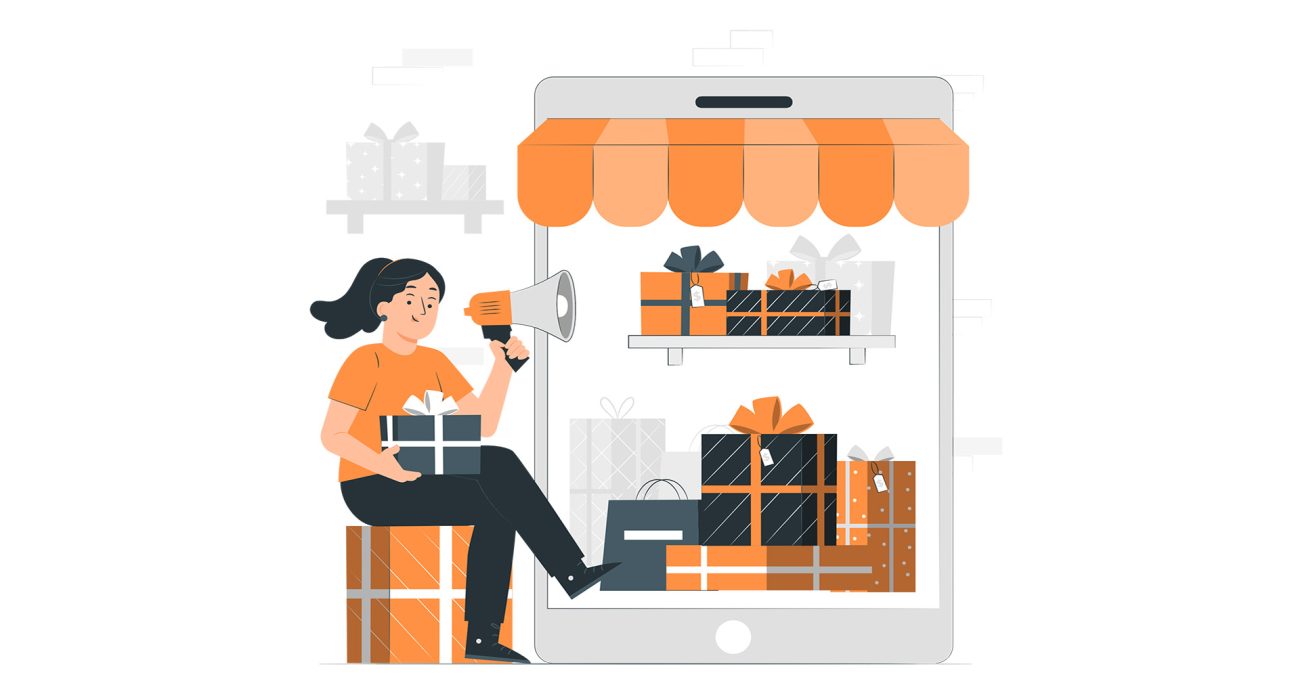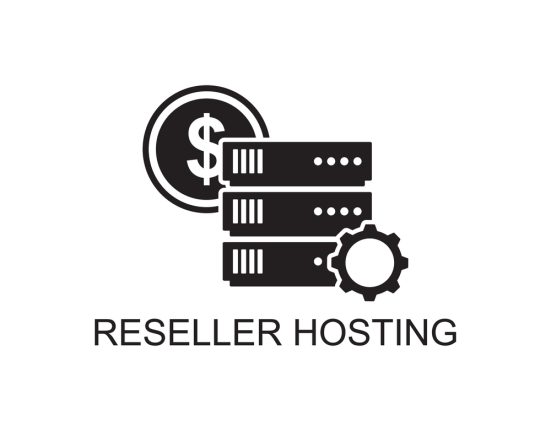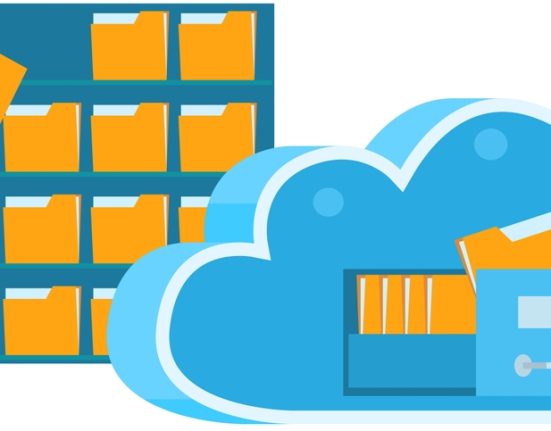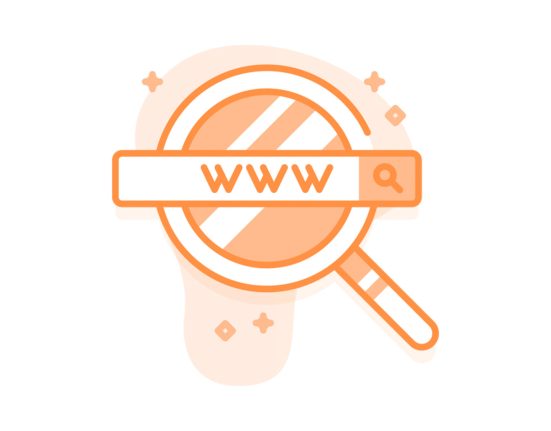When choosing a domain and hosting for an e-commerce website, you should consider the following factors:
- Reliability: Your e-commerce site needs to be up and running at all times, so it’s important to choose a reliable hosting provider. Look for a hosting provider with a good track record of uptime and fast page load times.
- Security: E-commerce sites deal with sensitive customer data, so it’s important to choose a hosting provider that offers strong security measures, such as SSL certificates and frequent backups.
- Scalability: As your e-commerce site grows, you may need to upgrade your hosting plan to accommodate more traffic and data. Look for a hosting provider that offers flexible plans that can scale with your business.
- Customer support: If you encounter any issues with your hosting or domain, it’s important to have access to knowledgeable customer support. Look for a hosting provider with a good reputation for customer support.
- Price: Compare the pricing of different hosting providers to find the best value for your money. Keep in mind that the cheapest option may not always be the best choice.
Some popular domain and hosting options for e-commerce websites include Hostileo, namecheap, HostCity, Hostgator etc. It’s a good idea to compare different providers and read reviews before making a decision.
Reliability:
Reliability is an important factor to consider when building and maintaining an e-commerce website. Customers expect your website to be available and functioning properly at all times, and downtime or performance issues can lead to lost sales and damage to your business’s reputation. Here are some ways to ensure the reliability of your e-commerce website:
- Choose a reliable hosting provider: Select a hosting provider with a good track record of uptime and fast page load times.
- Use a backup and recovery plan: Regularly back up your website’s data and have a plan in place to restore your site in the event of a disaster.
- Monitor your site’s performance: Use tools to monitor your site’s performance and identify any issues as they arise.
- Test your site’s functionality: Regularly test your site’s functionality to ensure that all features are working properly.
- Keep your software up-to-date: Regularly update your website’s software, including the CMS, plugins, and themes, to ensure that any security vulnerabilities are patched.
By following these steps, you can ensure the reliability of your e-commerce website and provide a better experience for your customers.
Security:
E-commerce sites deal with sensitive customer data, such as credit card numbers and personal information. As a result, it’s important to prioritize security when building and maintaining an e-commerce website. Here are some ways to enhance the security of your e-commerce site:
- Use SSL/TLS: SSL (Secure Sockets Layer) and TLS (Transport Layer Security) are encryption protocols that secure data transmitted between your website and your customers’ web browsers. An SSL/TLS certificate can be purchased from a trusted certificate authority (CA) and installed on your website.
- Enable two-factor authentication: Two-factor authentication adds an extra layer of security by requiring users to provide a second form of authentication, such as a code sent to their phone, in addition to their username and password.
- Use strong passwords: Encourage your users to use strong, unique passwords for their accounts. You can also use a password manager to help generate and store strong passwords.
- Keep your software up-to-date: Regularly update your website’s software, including the CMS, plugins, and themes, to ensure that any security vulnerabilities are patched.
- Use a firewall: A firewall is a security system that monitors and controls incoming and outgoing network traffic based on predetermined security rules. You can use a firewall to protect your e-commerce site from cyber-attacks.
By taking these security measures, you can help protect your e-commerce site and your customers’ sensitive data.
Scalability:
Scalability refers to a website’s ability to handle increased traffic and data as the site grows. It’s important to consider scalability when building an e-commerce site because you want to ensure that your site can handle the demands of your business as it grows and expands. Here are some ways to ensure scalability for your e-commerce site:
- Choose a scalable hosting plan: Select a hosting plan that can accommodate the expected traffic and data storage needs of your e-commerce site. Look for a hosting provider that offers flexible plans that can be easily upgraded as your site grows.
- Optimize your website’s performance: Poor website performance can lead to slow page load times and frustrated users. To ensure scalability, it’s important to optimize your site’s performance by minimizing the size of your images, using a caching plugin, and minimizing the number of plugins and custom features you use.
- Use a CDN: A content delivery network (CDN) is a network of servers that deliver web content to users based on their geographical location. Using a CDN can help reduce the load on your main server and improve your site’s performance.
- Monitor your site’s performance: Regularly monitor your site’s performance and track key metrics, such as page load times and error rates. This can help you identify any issues and take steps to resolve them before they become a major problem.
By following these tips, you can ensure that your e-commerce site is scalable and can handle the demands of your business as it grows.
Customer Support:
Here are some specific tips for providing customer support for your e-commerce website:
- Have a clearly visible support page: Make it easy for customers to find information about how to contact you and get help.
- Offer a self-service support center: Consider setting up a self-service support center on your website where customers can find answers to common questions and troubleshoot issues on their own.
- Use a live chat tool: Consider using a live chat tool to allow customers to chat with a support representative in real-time.
- Use automated email responses: Set up automated email responses to acknowledge customer inquiries and provide information about expected response times.
- Have a clear return and refund policy: Clearly communicate your return and refund policy to customers. This can help prevent misunderstandings and ensure that customers feel confident making purchases from your site.
By providing multiple support channels and making it easy for customers to get help, you can improve the customer experience on your e-commerce website.







Leave feedback about this